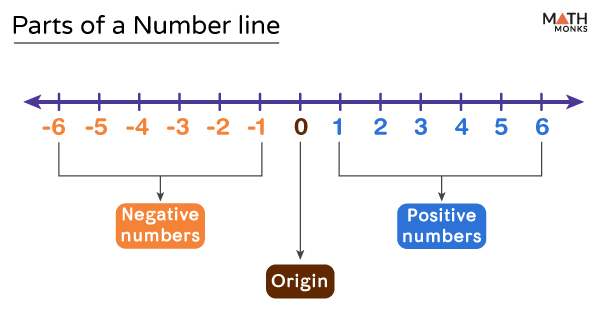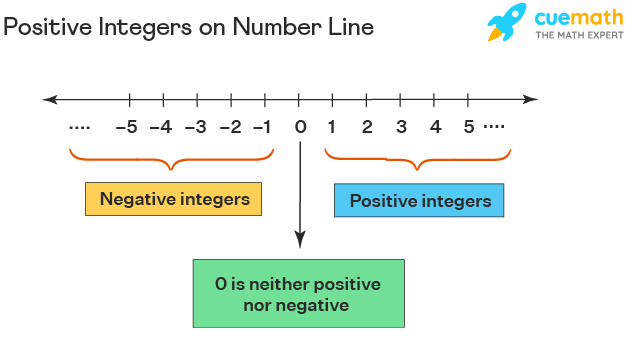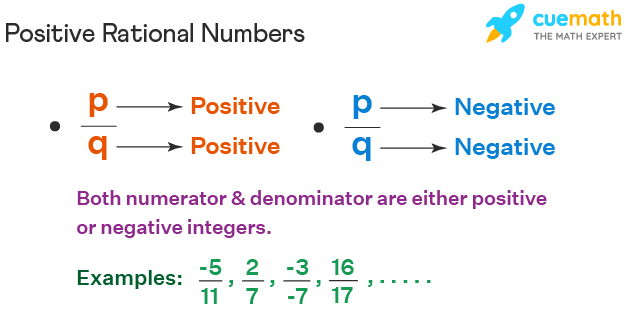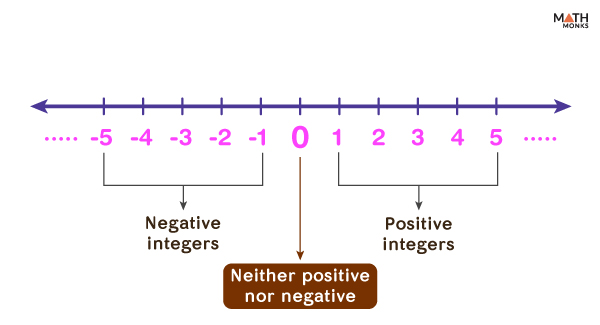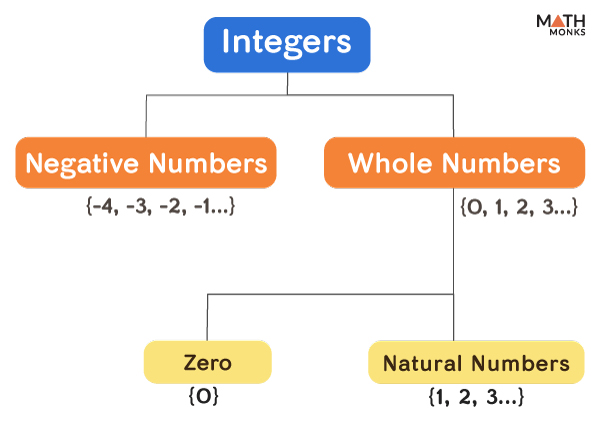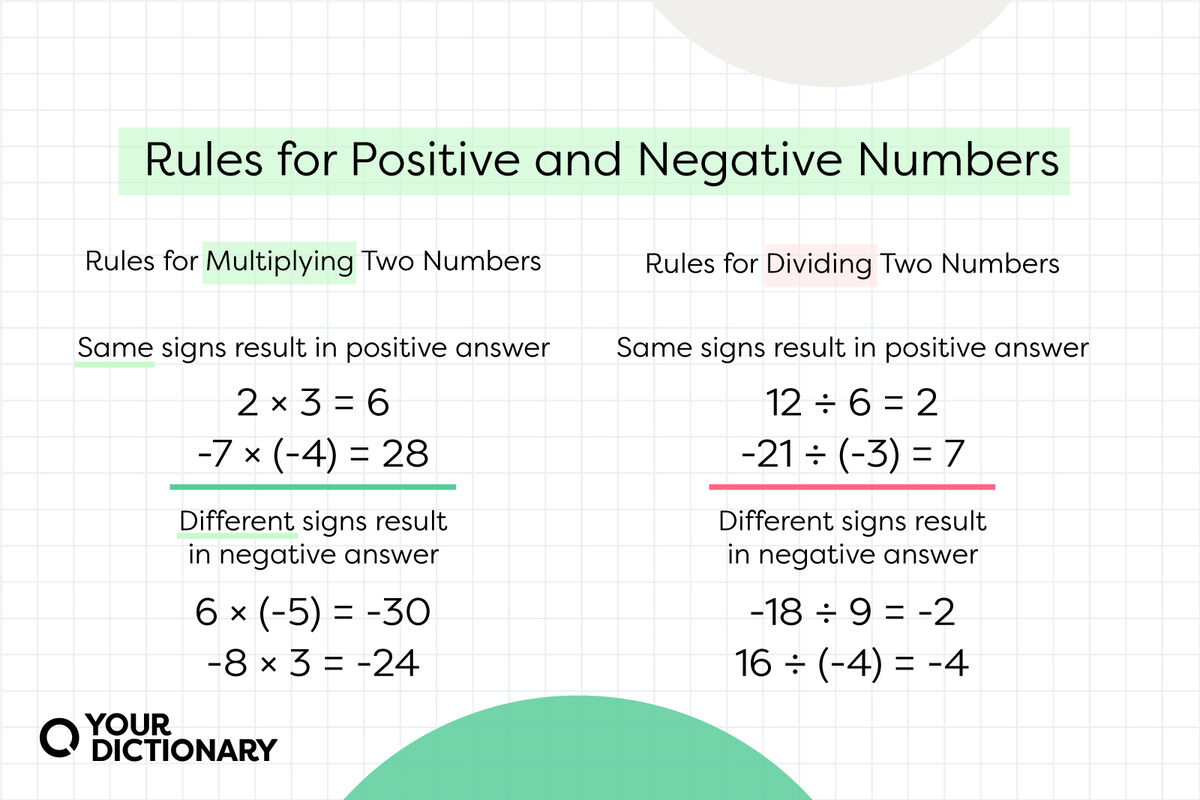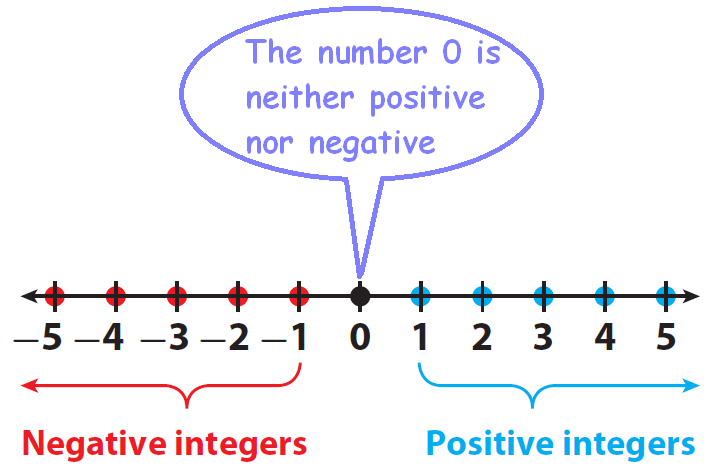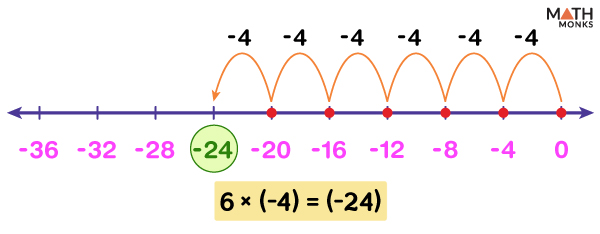Is 0 Considered A Positive Number

The seemingly simple question of whether zero is a positive number has sparked debate for centuries, extending from academic circles to everyday conversations. While seemingly trivial, the answer carries implications across mathematics, computer science, and even economics. Understanding the precise definition can be crucial for interpreting data and applying mathematical principles correctly.
At the heart of the issue lies the definition of "positive" and how it relates to the number line. Is positive defined as "greater than zero," or "greater than or equal to zero"? The answer, surprisingly, isn't universally agreed upon, leading to potential ambiguity in mathematical contexts. This article delves into the arguments on both sides, examining the mathematical conventions and practical implications that shape our understanding of zero's place in the numerical landscape.
Defining Positivity: Two Schools of Thought
The primary point of contention revolves around the inclusive versus exclusive definition of positive numbers. Some mathematicians and educators adhere to the exclusive definition. This definition states that a number is positive if and only if it is strictly greater than zero.
In this view, zero is neither positive nor negative; it occupies a unique neutral ground. This is because positive numbers are often conceptualized as being on the right side of zero on the number line, with negative numbers on the left.
Conversely, the inclusive definition asserts that a number is positive if it is greater than or equal to zero. Proponents of this view often use the term "non-negative" to specifically refer to numbers that are either positive or zero.
Formal Mathematical Conventions
Formal mathematical texts and standards often lean toward the exclusive definition. For example, many introductory calculus textbooks define positive numbers as those strictly greater than zero when discussing inequalities and real number properties. This convention is important for clarity and avoiding potential ambiguities in mathematical proofs and derivations.
However, this isn't a hard and fast rule. The usage can vary depending on the context and specific branch of mathematics being discussed. Understanding the specific definitions used within a particular text or field is crucial for accurate interpretation.
Practical Applications and Ambiguity
The inclusive definition can sometimes be found in practical applications, particularly in fields like computer science. In programming, for instance, checking if a value is "positive" might include zero, depending on the specific logic being implemented.
Consider a function designed to validate input. If the requirement is that a value must not be negative, the code might treat zero as a valid, "positive" input. This is because the function is likely to check whether a number is greater than or equal to zero, not strictly greater than zero.
The Impact of Notation and Terminology
The notation used in mathematical expressions can also provide clues about whether zero is being considered positive. Using the symbol > to denote "greater than" clearly excludes zero. Using ≥ ("greater than or equal to") indicates that zero is included in the set of positive numbers.
The term "non-negative" plays a vital role in avoiding ambiguity. It explicitly clarifies that zero is being considered alongside positive numbers. This is particularly important in fields like statistics and optimization, where distinguishing between strictly positive and non-negative values can significantly impact results.
Historical Perspective
The concept of zero itself wasn't always readily accepted. Its acceptance and integration into mathematical systems took centuries. Initially, zero was primarily used as a placeholder, not as a number in its own right.
As mathematics evolved, so did our understanding of zero's properties. The debate over whether it's positive is a reflection of the ongoing refinement of mathematical definitions and conventions. The historical context highlights the evolution of our mathematical understanding and the importance of precise definitions.
Expert Opinions and Perspectives
Many mathematicians and educators have weighed in on this debate over the years. Dr. Sarah Jones, a professor of mathematics at MIT, states,
"While the exclusive definition is more common in rigorous mathematical contexts, it's crucial to understand the context-dependent nature of the term 'positive.' Clarity and precision are paramount."
Another perspective comes from Dr. David Lee, a computer science professor at Stanford University, who says,
"In programming, we often use the term 'positive' more loosely, including zero when it's logically appropriate for the task at hand. Understanding the intention behind the code is crucial."
Conclusion: Context is King
The question of whether zero is a positive number doesn't have a simple yes or no answer. The most accurate response is: it depends on the context. The prevailing convention in formal mathematics favors the exclusive definition, where positive numbers are strictly greater than zero.
However, in practical applications and some branches of mathematics, the inclusive definition might be used, particularly when the term "non-negative" is not explicitly employed. Ultimately, the key is to understand the specific definition being used within a given context and to avoid ambiguity by using precise language.
Moving forward, clear communication and context-awareness are crucial for avoiding confusion. When discussing positive numbers, explicitly state whether zero is included or excluded to ensure accurate interpretation and prevent misunderstandings in mathematical reasoning and practical applications. The debate surrounding zero's positivity serves as a reminder of the importance of precision and clarity in mathematics and its applications.
